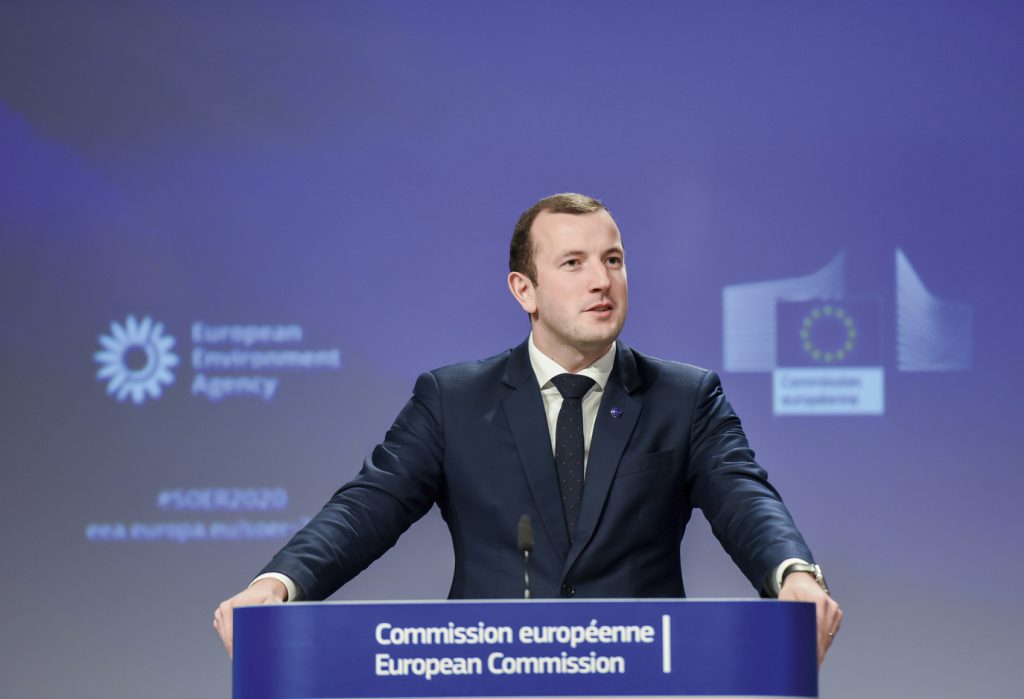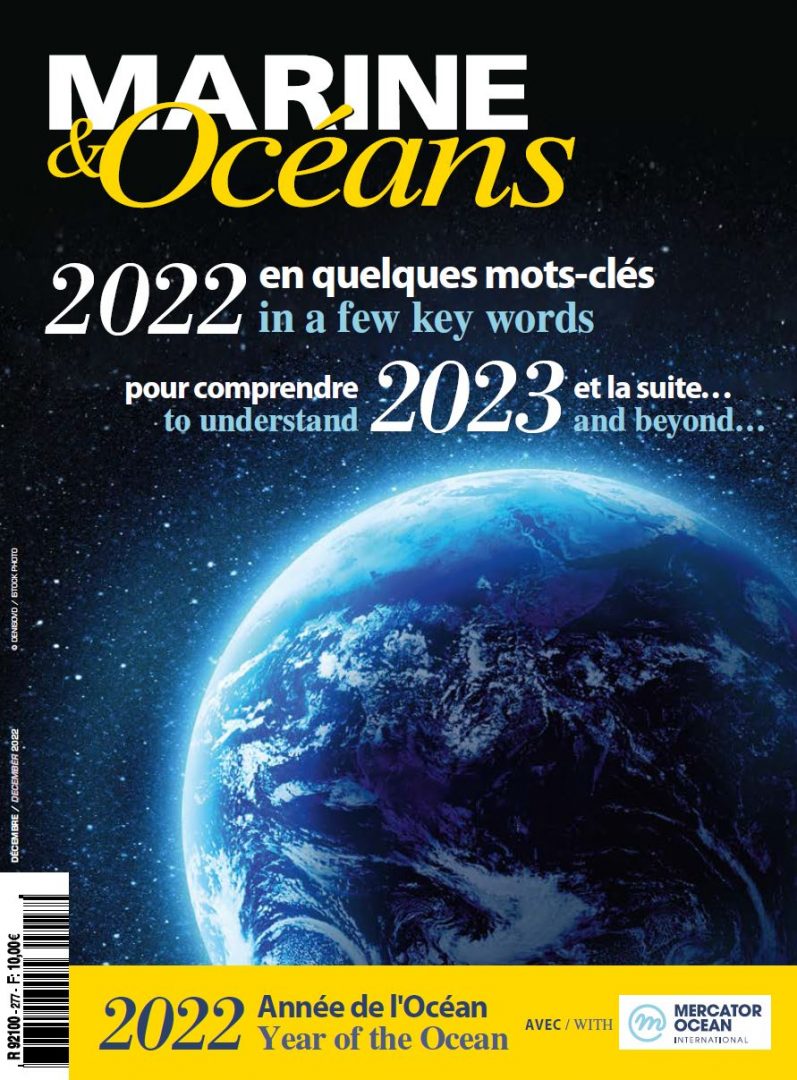
“The digital twin ocean is part of the European Green Deal“
By
Virginijus Sinkevičius,
European Commissioner for the Environment, Ocean and Fisheries
Mercator Ocean International (MOI) has, for many years, been a centre of excellence in oceanography. It has gathered together a group of European bodies with experience in measuring and modelling the oceanographic characteristics of the global ocean as well as the different regional seas that surround the European continent. Mercator’s proven organisational as well as technical expertise led the Commission to nominate them to put together a consortium to deliver the Copernicus marine service (1). This unique service delivers digital maps based on satellite image analysis, for instance sea surface temperature, as well as results of ocean circulation models that provide the oceanic equivalent of weather forecasts. These accessible free of charge products provide an essential underpinning of the European ocean enterprise. These are very important for European businesses, mostly small and medium enterprises, who can rely on them to build the added-value services they provide to customers, for instance tracking oil spills or planning the deployment of wave energy installations.
MOI will play an essential role in the recently announced launch of a European Digital Twin Ocean. Digital twins are virtual representations of an object or system that use simulation to help decision-making. They can be used to simulate a manufactured product to determine when it will fail or a human body to see how it will react to medical treatment. In our case, it can simulate the past, present and future behaviour of the ocean. As such, it is part of our broader commitment under our European Green Deal (2) to predict and manage environmental disasters through a very high precision digital model of the Earth. This will be particularly valuable, as we know that due to the climate and biodiversity crises, extreme weather and serious environmental phenomena will be increasing in the next years.
A European Digital Twin Ocean
The European Digital Twin Ocean is its the oceanic component. Work is already well advanced, thanks to the Copernicus Marine Service and the European Marine Observation and Data Network (EMODnet) (3). It therefore made sense for the Commission to build the Digital Twin Ocean on these two EU undertakings.
The new Mission Ocean, within the EU’s new Horizon Research programme (4) will solidify the contribution of Copernicus and EMODnet to the aims of the European Digital Twin Ocean and bring in new partners with new sources of data, new products, new services and new tools. This will enable the community of EU ocean scientists and engineers to collaborate on improving our ability to achieve the European Green Deal goals on decarbonisation, biodiversity and pollution. It will enable an assessment of the consequences of alternative proposed courses of action to reach these goals and therefore bring a scientific underpinning to authorities who need to plan and implement them.
The data to calibrate and validate the simulations of Digital Twin Ocean are gathered by hundreds of institutes for different purposes – measuring the depth of the ocean with echosounders to ensure that ships can travel safely, monitoring the length and age of fish to assess the health of fish stocks, sampling contamination in coastal waters to see whether bathing water standards are being met, deploying sinking buoys in mid-ocean to identify changes in circulation or monitoring sea-level rise to ensure the adequacy of coastal defences. Consultations with public authorities, private business, researchers and civil society have identified opportunities for increasing the effectiveness and efficiency of these observations. And we will soon propose legislative initiative on ocean observation so that we can have a common EU approach for measuring once and using this type of data for many purposes.
–
(1) Copernicus is the European Earth observation and monitoring program (formerly called GMES/Global Monitoring for Environment and Security). It is one of the two major European programs alongside GALILEO (source: Mercator Ocean International).
(2) The European Green Deal aims to make the EU climate neutral by 2050.
(3) A stable partnership of over a hundred organisations delivering reliable data with common agreed standards on the ocean, seabed and marine life collected from platforms on or in the water.
(4) Horizon Europe is the European Union’s framework program for research and innovation for the period from 2021 to 2027.


